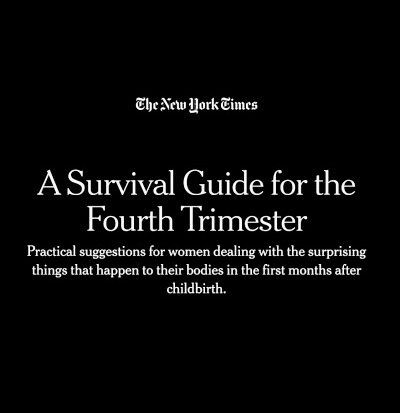
When to see a Pelvic PT?
A physical therapist (PT) is a licensed healthcare professional with a graduate degree – either a masters or a doctorate in physical therapy. They are trained as generalists and can treat patients in many different settings and in various stages of recovery.






